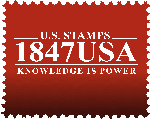Easy Identification
1867- 1868 Grills
By Bill Weiss and Don Denman
The 1867-73 grills were a group of parallel rows embossed into the stamps, the intent being to allow canceling ink to absorb into the paper making the removal of the ink impossible or very difficult, thus preventing the re-use of the stamp.
Identifying the various grills is much easier than most collectors realize. Rather than struggling with exact measurements of the grills, all can be positively and quickly identified because each of them has one trait that is unique to only that one grill.

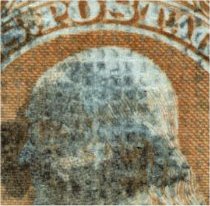
Points Up
Ink and the peaks of the grill
-
"A" Grill - Covers entire stamp. Points are "up" (protruding up from the front of the stamp); similar essay grills exist;
-
"B" Grill - only four copies exist, largest grill that doesn't cover entire stamp, points up;
"C" Grill - Has 17 vertical rows and points "up";
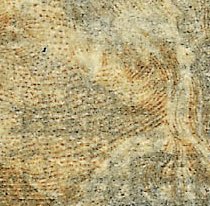
Points Down
Ink and the valleys of the grill
-
"D” Grill - Has 15 vertical rows;
-
"E" Grill - Has 14 vertical rows and the points run vertically, like this; IIII;
-
"Z" Grill - Has 14 vertical rows and the points run horizontally, like this; ---- ;
-
"F" Grill - Has 12 or 13 vertical rows (usually 12). The smallest 1867-8 grill;
-
"G" Grill - Used only on the 1869 Issue;
-
"H" Grill - About the same size and configuration as the "F" grill but only used on 1870 Banknote Issue;
-
"I" Grill - Used only on some 1870 Banknote values, is smaller than the "H" grill, usually 10 vertical rows only;
-
"J" Grill- Probably not regularly issued, smaller than the H" or "I" but always very heavily impressed such that some points will break through the paper.
Complete List of All US Grill Stamps
| Image | Number | Point Count | Points | Grill Type | Rarity |

|
79 | Entire Stamp | Up | A | Rare |

|
80, 80A | Entire Stamp | Up | A | Only a few examples of the 5c “A” grill exist |

|
81 | Entire Stamp | Up | A | Only eight examples of the 30c “A” grill are reported. |

|
82 | 22 columns X 18 rows | Up | B | Since only four copies of the “B” grill 3c
exist, it is again unlikely that you will ever encounter this stamp. A partially erased “C” grill can be confused with a “B” grill, but that variety is rare as well, with a current Number price (used) in 2013 of $2,750.00.) |

|
83 | 16 or 17 columns X 18, 19, 20 or 21 rows | Up | C | Rare |

|
84 | 15 columns X 17 or 18 rows | Down | D | Rare |

|
85 | 15 columns X 17 or 18 rows | Down | D | Rare |
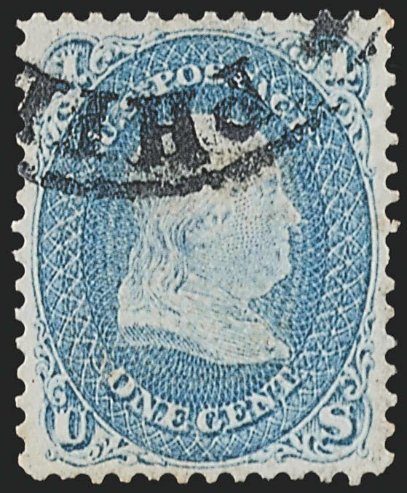
|
85A | 13 or 14 columns X 18 rows | Down | Z | The 1c “Z” grill is considered the rarest
United States stamp, with only two copies recorded, only one being in public hands. Currently priced at $3,000,000. It is highly unlikely that anyone will ever encounter a copy, except on the rare occasions that one of them is exhibited. |
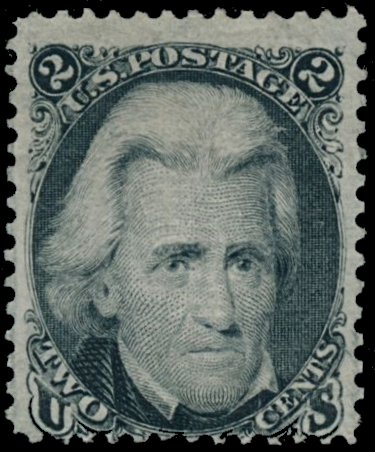
|
85B | 13 or 14 columns X 18 rows | Down | Z | Rare |
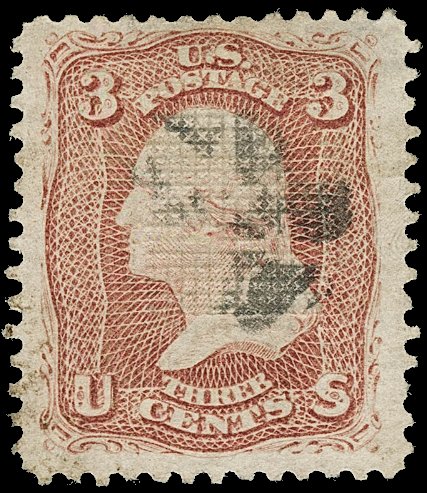
|
85C | 13 or 14 columns X 18 rows | Down | Z | Rare |
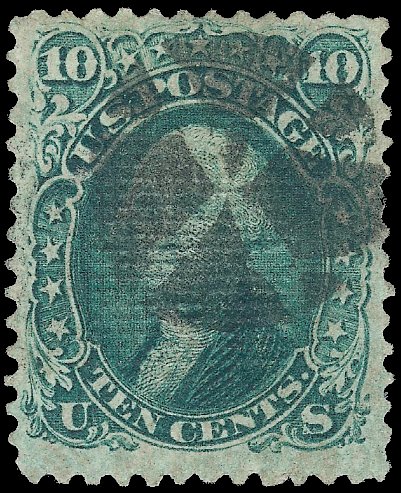
|
85D | 13 or 14 columns X 18 rows | Down | Z | Only six examples of the 10c “Z” grill exist |
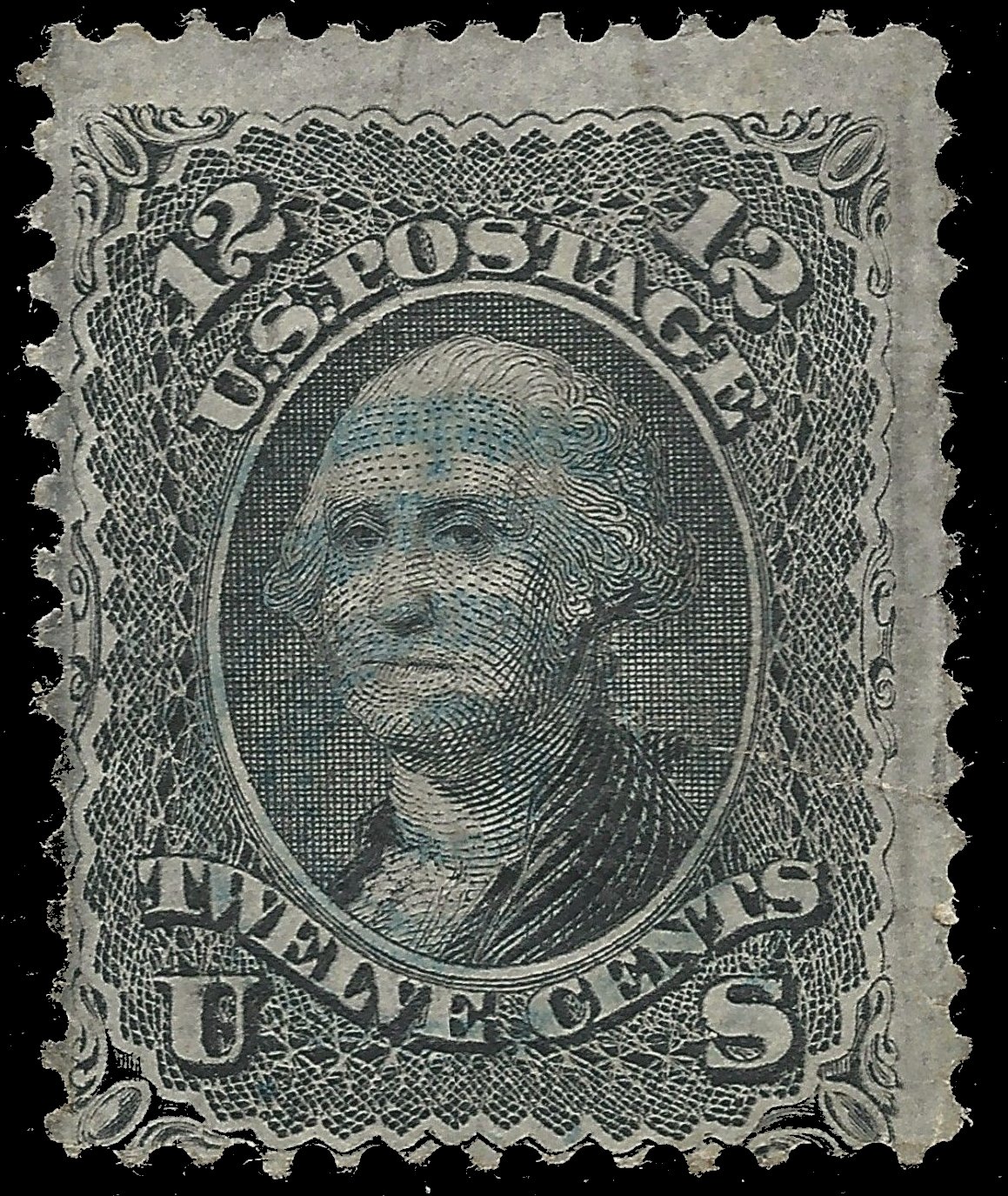
|
85E | 13 or 14 columns X 18 rows | Down | Z | Rare |

|
85F | 13 or 14 columns X 18 rows | Down | Z | Only two examples of the 15c “Z” grill are recorded (2013 Number $2,000,000.) |

|
86 | 14 columns X 15, 16 or 17 rows | Down | E | Uncommon |

|
87 | 14 columns X 15, 16 or 17 rows | Down | E | Uncommon |

|
88 | 14 columns X 15, 16 or 17 rows | Down | E | Common |

|
89 | 14 columns X 15, 16 or 17 rows | Down | E | Uncommon |

|
90 | 14 columns X 15, 16 or 17 rows | Down | E | Uncommon |

|
91 | 14 columns X 15, 16 or 17 rows | Down | E | Uncommon |

|
92 | 11 or 12 columns X 15, 16 or 17 rows | Down | F | Uncommon |

|
93 | 11 or 12 columns X 15, 16 or 17 rows | Down | F | Common |

|
94 | 11 or 12 columns X 15, 16 or 17 rows | Down | F | Common |

|
95 | 11 or 12 columns X 15, 16 or 17 rows | Down | F | Uncommon |

|
96 | 11 or 12 columns X 15, 16 or 17 rows | Down | F | Fairly common |

|
97 | 11 or 12 columns X 15, 16 or 17 rows | Down | F | Fairly common |

|
98 | 11 or 12 columns X 15, 16 or 17 rows | Down | F | Fairly common |

|
99 | 11 or 12 columns X 15, 16 or 17 rows | Down | F | Uncommon |

|
100 | 11 or 12 columns X 15, 16 or 17 rows | Down | F | Uncommon |

|
101 | 11 or 12 columns X 15, 16 or 17 rows | Down | F | Scarce |

|
112-122 | 12 columns X 11 or 11½ rows | Down | G | Common to scarce |

|
134-144 | 11 to 13 columns X 14 to 16 rows | Down | H | Fairly common to rare |

|
134-144 | 10 to 11 columns X 10 to 13 rows | Down | I | Fairly common to rare |
Detecting Fake Grills
Grills must have the correct number of rows as listed here AND the grill rows must be perfectly straight in alignment, unless some natural deviation is caused by a paper fold, for example. Otherwise this is the most important factor for you to observe.
Building A Reference Group
Counterfeit grills are fairly common so it is important to be able to identify genuine grills. Owning certified reference copies of the better grills is a good idea, but
non-certified copies of the cheaper grills can be easily acquired which can then be used as your template
Choose a Number #94 used for your “F” grill reference copy and Number #88 for your “E” grill reference, then
buy certified copies of the others. Those with small faults can usually be picked up at 20-30% of Number value.
A complete set of reference grills (based on the lowest-priced copies (minus the rare “B” grill) of each would be;
#79(“A”), #83(“C”), #85(“D”), #85B(“Z”), #88(“E”) and #94(“F”).
Using Graphite to Study Grill Points
Here is a handy tip which can be used to detect or study grill points by transferring graphite from a pencil onto the grilled area. The graphite/lead adheres to whatever points protrude enough to allow some to stick to them, making them easier to observe.
- 1. Take a pencil which contains softer lead and deposit graphite from the point onto a piece of paper by rubbing back and forth until you have plenty on the paper.
- 2. Use your finger tip to transfer some graphite from the paper onto your finger tip by rubbing your finger over the grill area.
- 3. Now rub your fingertip gently over the grill area. You should now be able to see grill points much more clearly than without the graphite enabling you to study the points and count them if you wish.
- 4. The graphite will NOT harm the paper but keep in mind that 'less is more'. Do not over-apply the graphite, use only enough to highlight the grill. The graphite can be erased using a soft eraser but it is generally better to simply leave it in place.
- 5. While using graphite has been widely accepted over the years, there are some who feel this is not a good practice. They believe it alters the stamp and that grills can be viewed without graphite using methods such as watermarlk fluid.
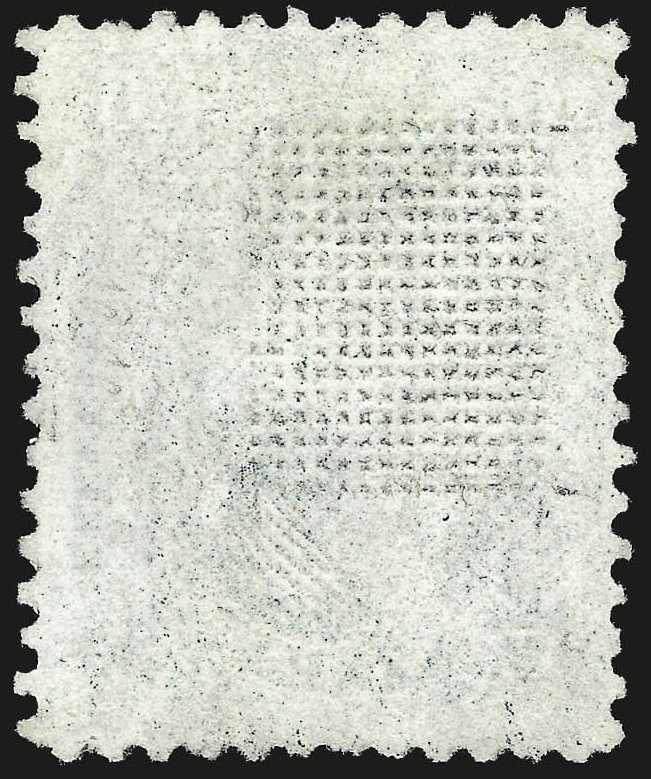
Multiple or Split Grills
Occasionally during the grilling process a stamp would receive a 'split' or multiple grill impressions. These stamps are often sought out by many specialists and can command a higher price.
There are still questions regarding the grilling process and how multiple grills might have occurred. It is unclear if the the sheets of stamps could travel back and forth in the same grilling pass or if the sheets were re-fed multiple times.
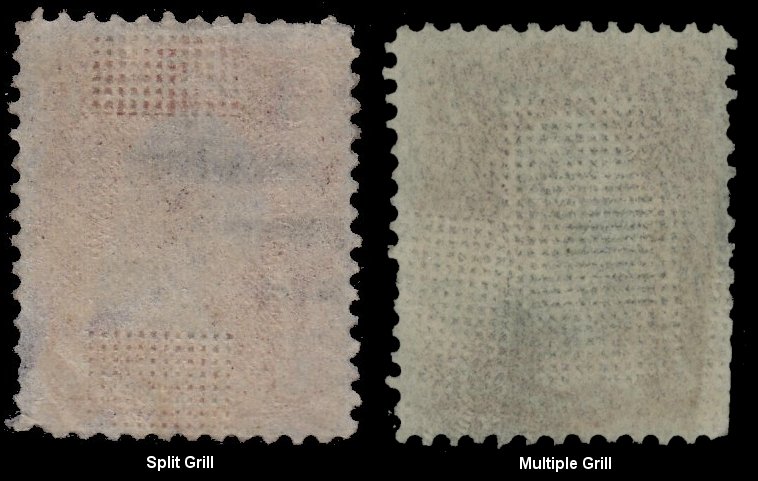
Additional Resources
Series of 1861 Designs of the U.S. Regular Issues of 1861 - 1869

